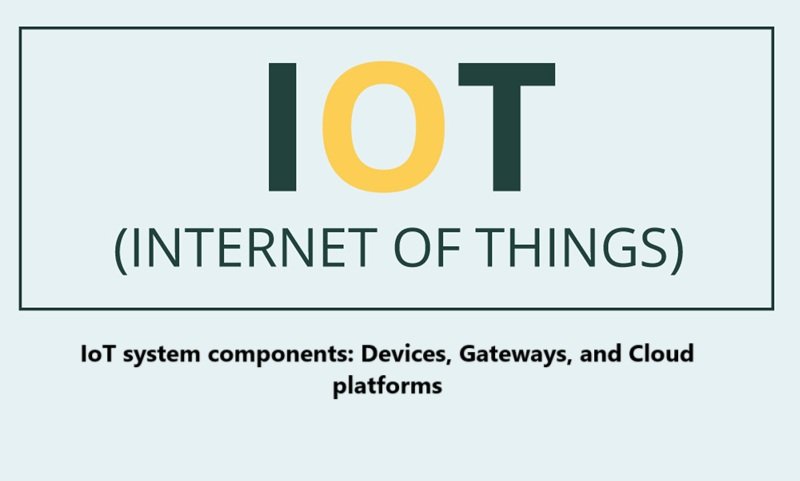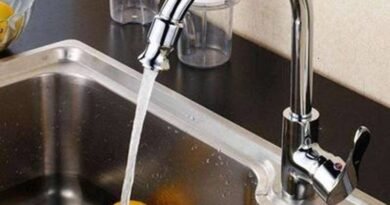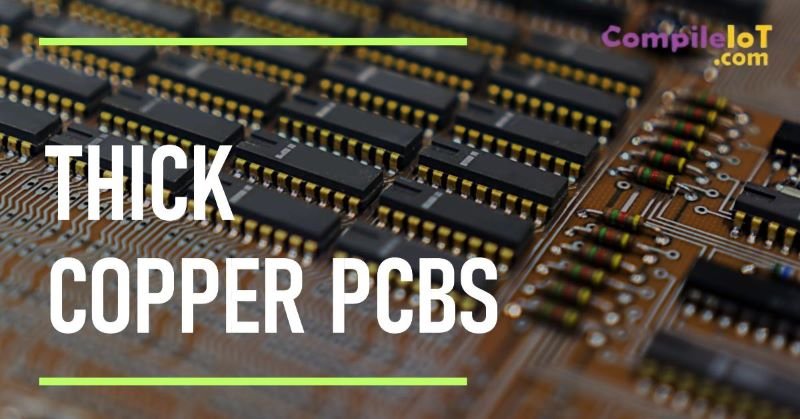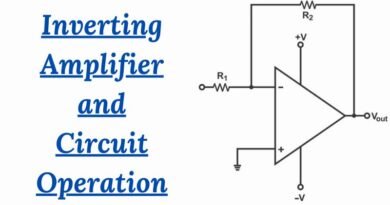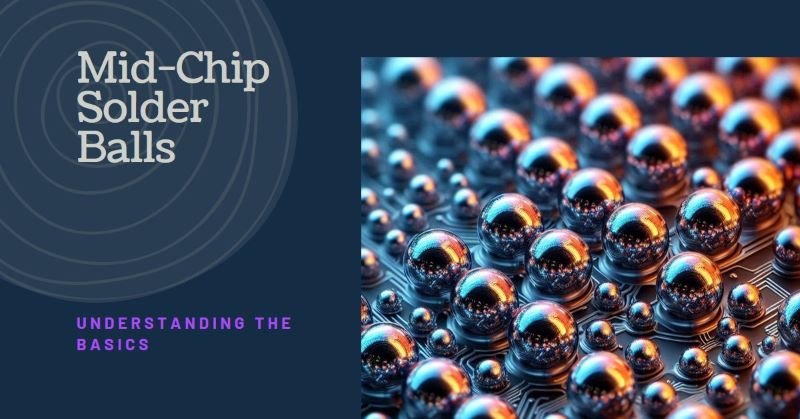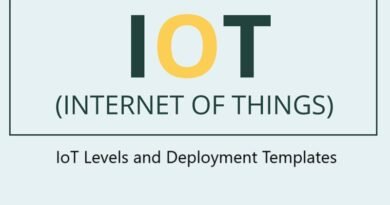IoT System Components: Devices, Gateways, and Cloud Platforms
The Internet of Things (IoT) connects the physical and digital worlds, enabling devices to work together to make life more convenient, efficient, and innovative. At the heart of IoT are three essential components: devices, gateways, and cloud platforms. Let’s explore each of these in detail to understand their roles in an IoT system.
Devices: The Backbone of IoT
Devices, also known as IoT endpoints, are the physical objects that collect, send, and sometimes act on data. These devices include sensors, actuators, and embedded systems, and they play the most visible role in an IoT ecosystem.
Types of IoT Devices
- Sensors: These devices gather data from the environment, such as temperature, humidity, light, or motion. Examples include:
- Thermometers in smart thermostats.
- Soil moisture sensors in smart agriculture.
- Motion detectors in security systems.
- Actuators: These devices perform actions based on data or commands they receive. For instance:
- Smart locks unlocking doors when a user is verified.
- Motors adjusting the position of solar panels based on sunlight.
- Wearable Devices: Examples include fitness trackers that monitor heart rate and steps.
- Industrial Devices: These are used in manufacturing, such as robotic arms and environmental sensors for monitoring production conditions.
Key Features of IoT Devices
- Connectivity: Devices must connect to a network to send or receive data.
- Low Power Consumption: Many IoT devices are battery-powered and designed to last long without frequent recharging.
- Compact Design: IoT devices are often small and lightweight for easy deployment.
Gateways: The Middleman
Gateways act as intermediaries between IoT devices and the cloud. They are responsible for collecting data from devices, processing it locally if needed, and transmitting it to cloud platforms. They also enable communication between devices that use different protocols.
Roles of Gateways
- Protocol Translation: Gateways can translate communication protocols so devices with different technologies can work together. For example, they can bridge Zigbee devices to Wi-Fi networks.
- Local Data Processing: Some gateways can process data locally (edge computing) to reduce the need for constant communication with the cloud. This is especially useful for applications requiring real-time responses, such as autonomous vehicles.
- Data Aggregation: Gateways combine data from multiple devices before sending it to the cloud, which reduces bandwidth usage and improves efficiency.
- Security: Gateways provide an extra layer of security by encrypting data and protecting the network from unauthorized access.
Examples of Gateways
- A home automation hub that connects smart lights, thermostats, and security cameras.
- An industrial IoT gateway managing data from factory sensors.
Cloud Platforms: The Brain of IoT
The cloud platform is where data from IoT devices is stored, processed, and analyzed. It serves as the brain of the IoT system, offering advanced features such as machine learning, big data analytics, and remote management.
Functions of Cloud Platforms
- Data Storage: The cloud stores vast amounts of data generated by IoT devices. This data can be historical (for analysis) or real-time (for immediate action).
- Data Processing and Analytics: Advanced algorithms analyze the data to extract meaningful insights. For example:
- Identifying patterns in energy consumption.
- Predicting equipment failure in industrial systems.
- Device Management: Cloud platforms provide tools to monitor, update, and control IoT devices remotely. This ensures that devices remain secure and up-to-date with the latest features.
- Application Integration: The cloud enables integration with applications and services that users interact with, such as mobile apps or dashboards.
Examples of Cloud Platforms
- AWS IoT Core: Offers tools for connecting devices, processing data, and building IoT applications.
- Microsoft Azure IoT Hub: Provides secure communication and device management features.
- Google Cloud IoT: Focuses on big data analytics and machine learning capabilities.
How These Components Work Together
To understand the interaction between devices, gateways, and cloud platforms, let’s consider a smart home system as an example:
- Devices: Smart thermostats, motion detectors, and smart lights collect data such as room temperature, occupancy, and light levels.
- Gateway: A home automation hub gathers data from these devices, processes some commands locally, and sends the rest to the cloud.
- Cloud Platform: The cloud stores data, analyzes it for patterns (e.g., identifying when rooms are unoccupied), and provides a mobile app for the user to monitor and control the system.
Conclusion
The success of an IoT system depends on the seamless interaction of its three main components: devices, gateways, and cloud platforms. Each plays a crucial role in ensuring data flows smoothly from the physical world to the digital realm and back, enabling smarter decisions and more efficient operations. By understanding these components, we can better appreciate how IoT is transforming our lives and industries.
